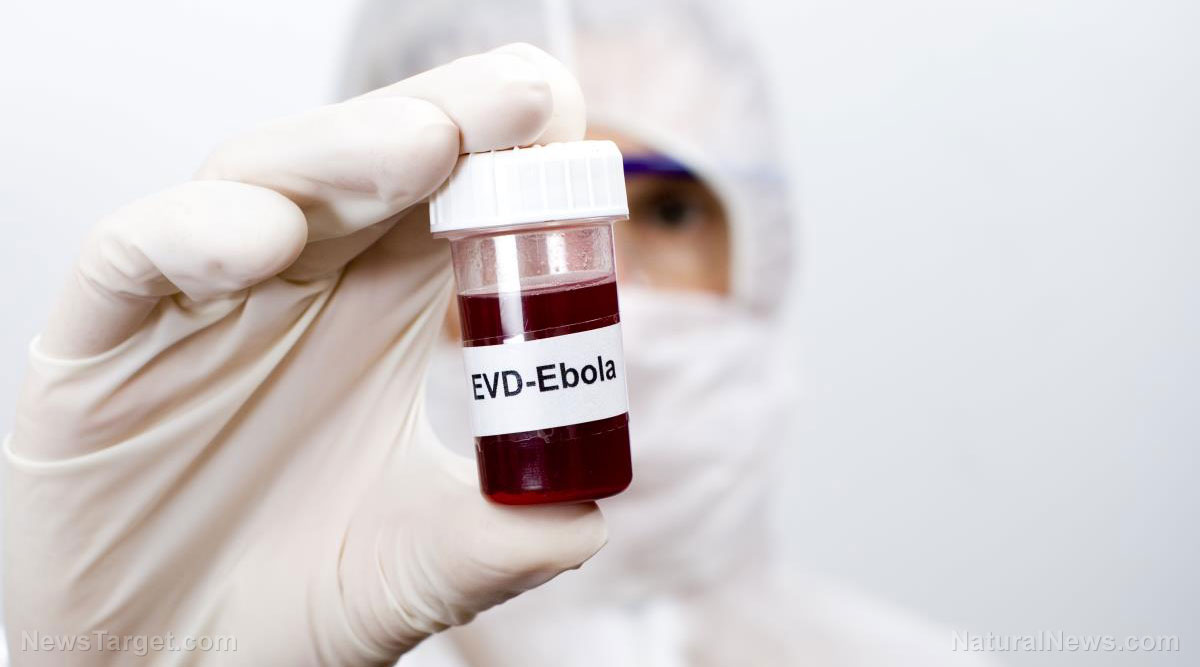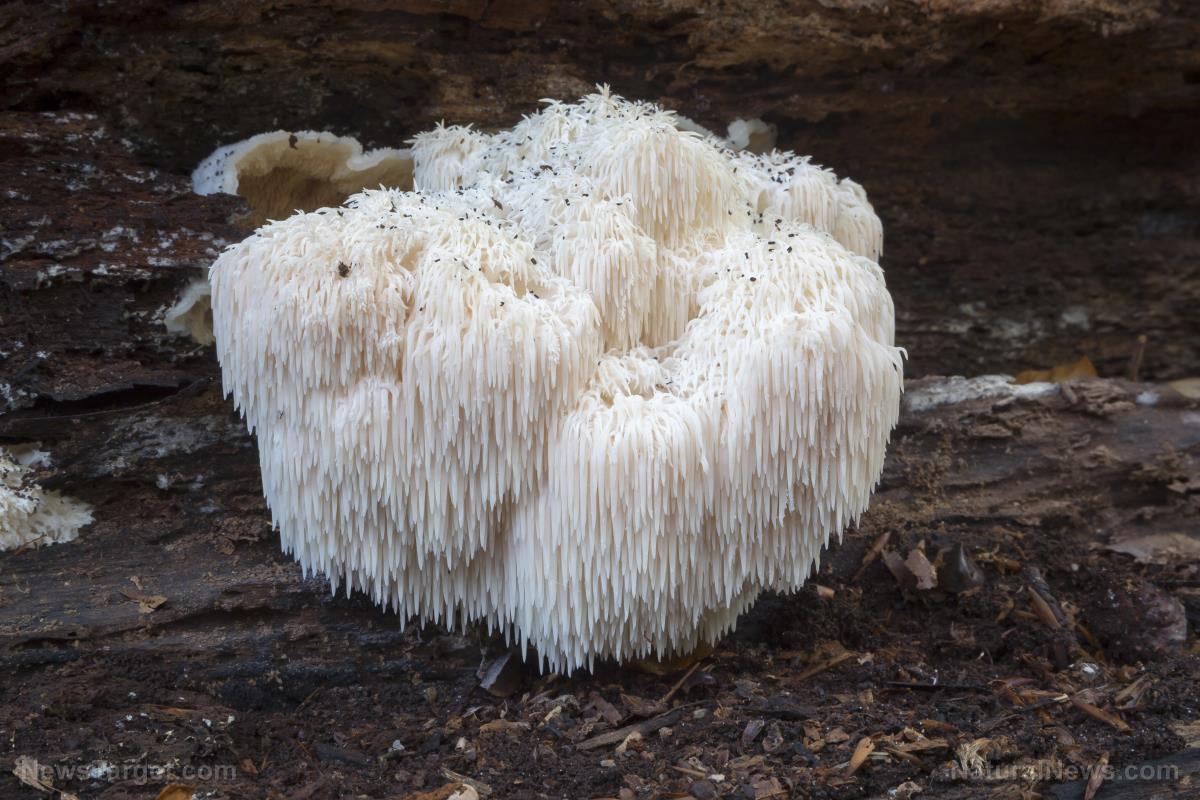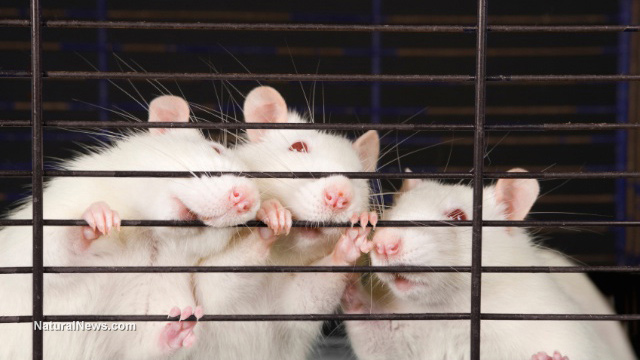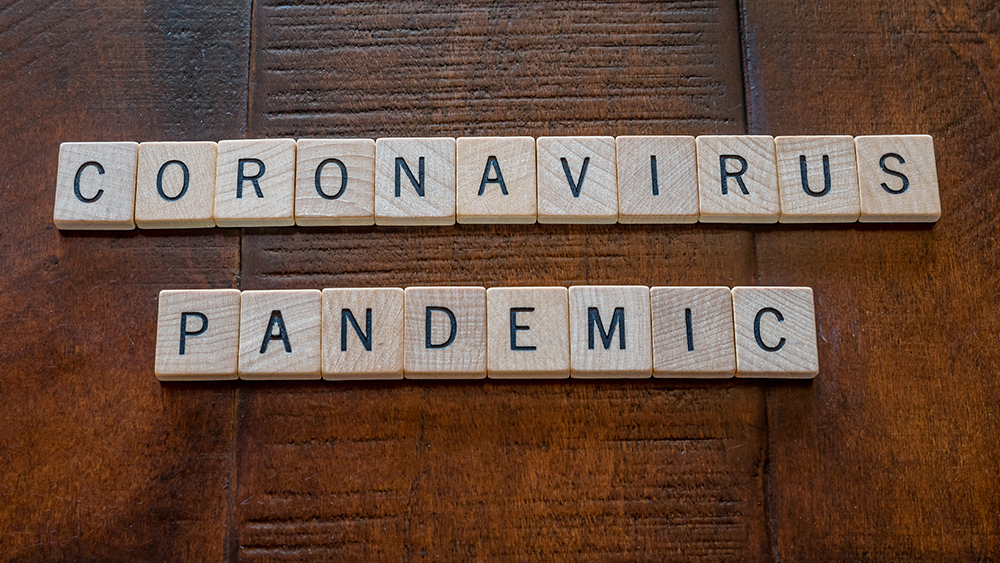
Localized cooling of the heart before and after angioplasty may help mitigate the risk of further cardiovascular damage during a heart attack, a recent study carried out by Netherlands-based cardiologists revealed. According to experts, heart attack patients were at an increased risk of cardiovascular muscle death. Cardiologists prevented this by performing angioplasty procedure, where the constricted coronary artery was opened up as quickly as possible.
However, the researchers cautioned that the eventual blood flow following the procedure was known to cause additional damage to the cardiovascular muscles. The experts explained that angioplasty may cause the heart muscle cells to swell, which then results in added pressure that closes the capillaries. According to the experts, this leads to irreversible damage to the heart.
"That consequential damage, or reperfusion injury as it is known, is what we want to limit using this new method. It has been internationally demonstrated in animal models that cooling works but to date it has not been possible to localize the cooling of a human heart," cardiologist/intensivist Luuk Otterspoor told Science Daily online.
Cooling the heart reduces cardiovascular damage
A team of cardiologists at the Eindhoven University of Technology and the company LifeTec Group enrolled 10 patients with acute heart attack as part of the study. The cardiologists injected a fluid just past the closure in the coronary artery in order to cool the heart down to temperatures between four degrees to five degrees. The health experts then cooled the affected area for up to 10 minutes. After cooling the area, the health experts then opened the coronary artery via angioplasty, a procedure that uses a tiny balloon to increase blood flow.

The previously clogged up coronary artery was then kept closed and cooled for another 10 minutes following the angioplasty procedure. The experts estimated that the new procedure may reduce the impact and subsequent damage caused by heart attack by about 20 to 30 percent. The cardiologists added that the procedure was safe, technically feasible, and practicable.
"We have demonstrated in 10 patients that it is technically possible to cool part of the heart safely during a heart attack… You can compare it with cooling the knee following a sports collision, for example, where an inflamed reaction occurs and the knee swells. To avoid this swelling, therefore, the muscles are often immediately cooled," Otterspoor said.
"We now apply the same principle to the heart muscle. By cooling the part of the heart that is affected by a clogged or constricted coronary artery, there is less damage to the heart muscle after the constriction is opened up. We believe that this can ultimately reduce the impact of the heart attack and damage to the heart by some 20 to 30 percent," Otterspoor concluded.
The research team concluded that cooling the heart before and after angioplasty may reduce the odds of cardiovascular damage associated with heart attack.
Heart disease by the numbers
The new procedure, which was considered a first in the world, may show potential implications in managing cardiovascular diseases (CVD) that affect millions around the globe. A fact sheet posted on the World Health Organization's media center revealed that heart disease was the leading cause of death worldwide. According to the fact sheet, more people die of cardiovascular conditions annually compared with any other causes. The data sheet also showed that an estimated 17.7 million people died from CVDs in 2015 alone, which accounted for 31 percent of all global deaths.
Likewise, an entry published on the Centers for Disease Control and Prevention (CDC) website showed that about 610,000 people across the U.S. die of heart disease every year. The entry also revealed that 735,000 Americans suffer a heart attack annually. According to the article, 525,000 of these cases were a first heart attack, while 210,000 were repeat heart attacks.
Visit Science.news today for the latest in heart health and disease management.
Sources include:
Please contact us for more information.






















